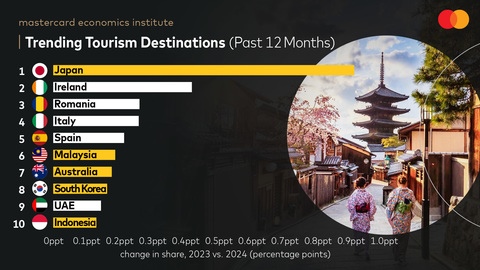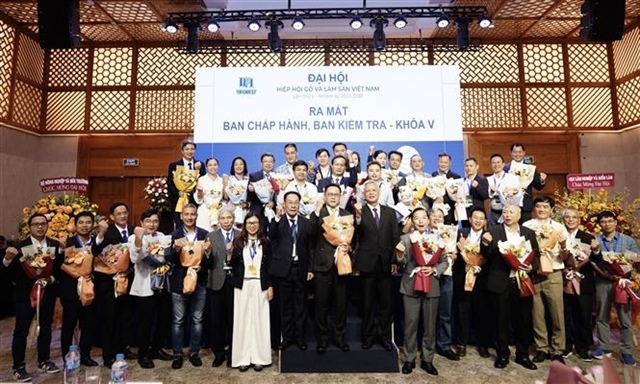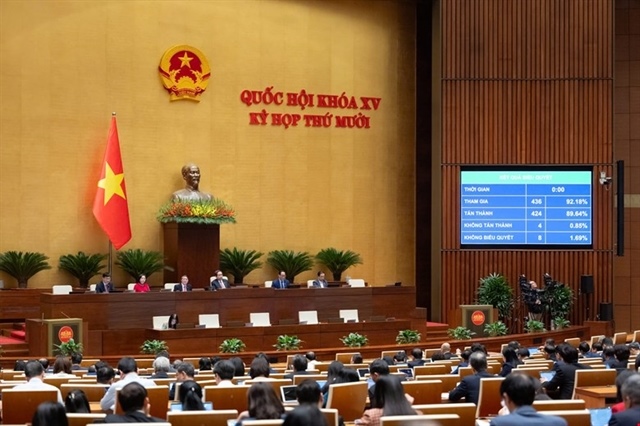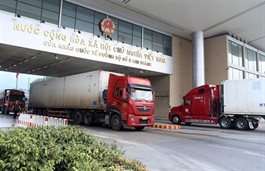Global travel sector breaks boundaries in 2024: Mastercard Economics Institute report
Global travel sector breaks boundaries in 2024: Mastercard Economics Institute report
The global travel sector is breaking boundaries in 2024 as consumer spending on tourism remains robust and passenger traffic soars, according to the latest report from Mastercard Economics Institute (MEI).

Japan tops the trending list, welcoming a record-breaking 3M+ international arrivals in March. — Photo courtesy of the MEI |
Released on May 20, the MEI’s fifth annual report, "Travel Trends 2024: Breaking Boundaries" provides comprehensive insights into the evolving landscape of the travel industry across 74 markets, including 13 in the Asia Pacific region (APAC).
The report said that APAC destinations are trending in a big way, comprising half of the top 10 hot spots that have demonstrated the greatest momentum among travellers. This is measured and ranked by the change in the share of tourism transactions over the past 12 months ending March 2024.
Japan emerged as the top trending destination worldwide (growing 0.9 per cent vs Ireland at 0.4 per cent), as it welcomed 3,081,600 visitors from abroad in March 2024 – the highest level ever – even before the peak travel season begins. Driven by a weak yen (the lowest since 1990), Japan’s favourable exchange rate is expected to help it remain the clear tourism frontrunner throughout 2024, benefitting Japanese businesses catering to tourists and the local economy overall.
APAC passenger traffic is rebounding, particularly for shorter, intra-regional trips. For example, this summer's top destinations for travellers from Singapore include Bangkok, Kuala Lumpur, and Perth.
Thailand tourism is expected to fully recover in 2024, according to MEI, with total visitor arrivals now only 7 per cent below 2019, pre-pandemic levels. Notably, inbound flight traffic from South Asia and the ASEAN region is nearly 20 per cent above 2019 levels.
“Consumers in the Asia Pacific region have an intense desire and willingness to travel and are becoming increasingly savvy to ensure they get the best value and unforgettable experiences from their trips,” said David Mann, chief economist, Asia Pacific, Mastercard.
“For tourism authorities, retailers, and the hospitality and F&B sectors, the bottom line is that costs matter. In today’s economy, foreign exchange rates and spending power have become vital components in driving a traveller’s assessment of value when they are making their plans. This suggests that businesses targeting tourism dollars need to review their current strategies, and shift them if necessary, to maintain their appeal to travellers,” he said.
While Japan was the top trending destination during the last 12 months, looking ahead, Munich ranks as the top summer destination (in terms of share gain in flight bookings) due to its hosting of the UEFA EURO 2024 football championship in June. Tokyo comes in a close second while Bali (#6) and Bangkok (#7) are also among the top 10 cities where demand is gaining momentum in the next three months.
The Chinese Mainland’s travel dynamic has shifted, as more Chinese tourists prioritise domestic trips over international ones. The Chinese Mainland’s domestic tourism story is a positive one, as air passenger traffic has fully normalised and even exceeded 2019 levels, benefiting local businesses. Meanwhile, international tourism traffic leaving the Chinese Mainland continues to recover and is now at 80.3 per cent of 2019 levels.
Strengthened by a burgeoning middle class, additional route capacity, and a strong desire to travel, 2024 marks the year when more Indians are travelling internationally than at any time in history.
In the first three months of 2024, 97 million passengers travelled through Indian airports. Just 10 years ago, the same figure would have taken a whole year to achieve. Domestic passenger traffic is up 21 per cent compared to 2019 levels while international passenger traffic is up 4 per cent, as of March 2024.
In APAC (excluding Australia and New Zealand) in 2024, tourists are extending their trips by an average of 1.2 days to a total duration of 7.4 days, motivated by the affordability of destinations, warm weather, and favourable exchange rates. This compares to the 2019 average of 6.1 days per trip.
The APAC destinations with the longest increase in trip duration between 2019-24 are India (+2 days), Việt Nam (+2 days), Indonesia (+1.9 days), and Japan (+1.4 days), largely due to their lower growth in hotel prices during this period compared to other markets.



























